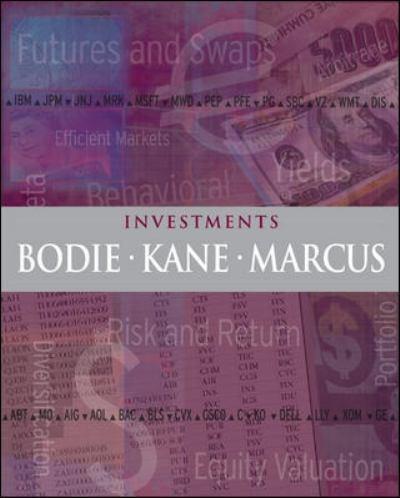Answered step by step
Verified Expert Solution
Question
1 Approved Answer
1 IUDICII 1 Consider a problem of choosing the level of capital stock by two firms: A and B. For simplicity we will assume that

1 IUDICII 1 Consider a problem of choosing the level of capital stock by two firms: A and B. For simplicity we will assume that production requires capital only. We will follow the convention established at the lecture that in time period t the level of capital Kt is predetermined, but the firm can choose its future level of capital, Kt+1 Firm A does not own its capital stock, but instead rents it at price rk, the rental cost of capital. The problem of maximizing the value of firm A is given by: max 1 F (Kt) - KK {Kt+1}. (1+r) Firm B owns its capital stock, and can adjust its level via investment. The problem of maximizing the value of firm B is given by: max (F(K) - 1L {K+1} 40 (1 + r) subject to Kt+1 = (1 - 8) K+ + It (a) Derive the first order condition of firm A. (b) Derive the first order condition of firm B. (c) What condition has to be satisfied for both firms to choose the same level of Kt+1? (d) Imagine you are the owner of firm C, which rents capital goods to firm A. What would be the maximal level of rk that you could charge this firm? (e) What would happen if you demanded higher rental rate than one found in (d)? 1 IUDICII 1 Consider a problem of choosing the level of capital stock by two firms: A and B. For simplicity we will assume that production requires capital only. We will follow the convention established at the lecture that in time period t the level of capital Kt is predetermined, but the firm can choose its future level of capital, Kt+1 Firm A does not own its capital stock, but instead rents it at price rk, the rental cost of capital. The problem of maximizing the value of firm A is given by: max 1 F (Kt) - KK {Kt+1}. (1+r) Firm B owns its capital stock, and can adjust its level via investment. The problem of maximizing the value of firm B is given by: max (F(K) - 1L {K+1} 40 (1 + r) subject to Kt+1 = (1 - 8) K+ + It (a) Derive the first order condition of firm A. (b) Derive the first order condition of firm B. (c) What condition has to be satisfied for both firms to choose the same level of Kt+1? (d) Imagine you are the owner of firm C, which rents capital goods to firm A. What would be the maximal level of rk that you could charge this firm? (e) What would happen if you demanded higher rental rate than one found in (d)
Step by Step Solution
There are 3 Steps involved in it
Step: 1

Get Instant Access to Expert-Tailored Solutions
See step-by-step solutions with expert insights and AI powered tools for academic success
Step: 2

Step: 3

Ace Your Homework with AI
Get the answers you need in no time with our AI-driven, step-by-step assistance
Get Started


